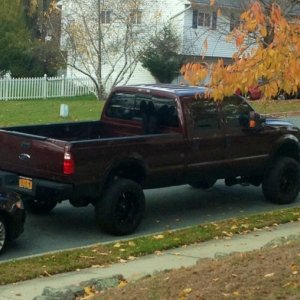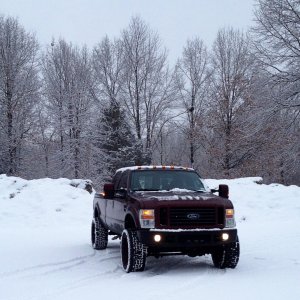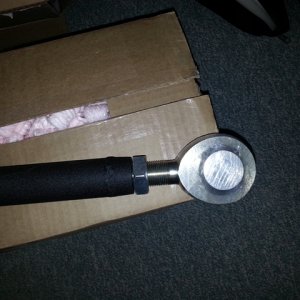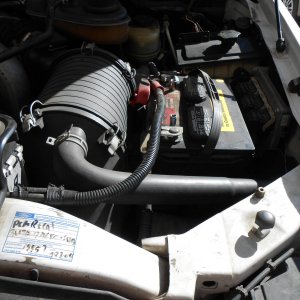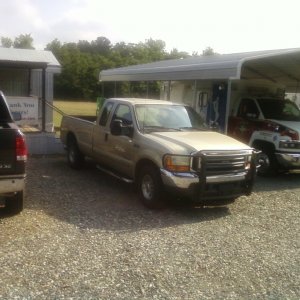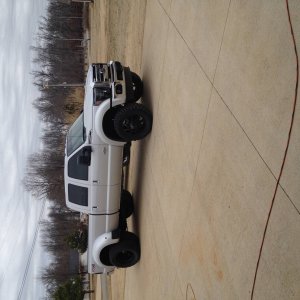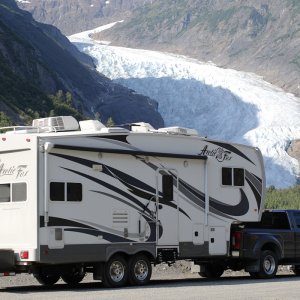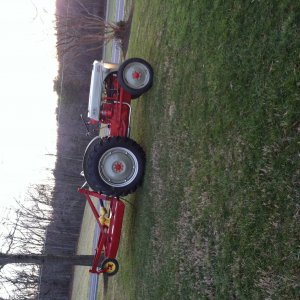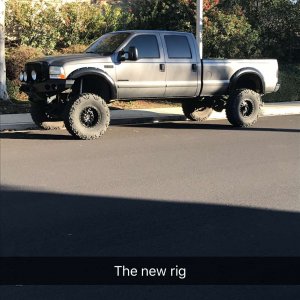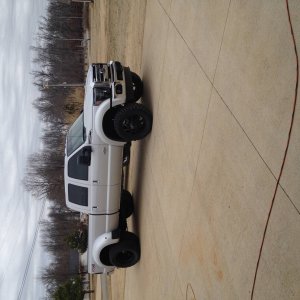lincolnlocker
Well-known member
Correct. Being able to keep pressure up at the injector is the key factor. It does relieve pressure when it opens and closes to create bleedoff. But maintaining those pressures are easier to do with a smaller space to do it in.. like i said, volume isn't being effected enough to hinder performance. Pressures are more consistent and stable to allow for the bigger injectors to be ran with half the pump it normally would take to run those injectors. Not dual pumps or gen 3.. Unless they are drastically detuned to hold icp at which i doubt they would run the way they do or even run well at all.Correct, but that is the period in which the interesting things are happening correct? Plunger moves down, volume of oil cavity increases, fuel is pressurized and exits the injector, power is made. Valve closes, plunger moves back into position and oil is expelled so that the process can happen again. That volume change is the flow, or "loss", that the pump is trying to keep up with.
Bigger oil cavity volumes mean more fuel exits or more injection pressure is built, both of which are what we are after for power generation.
Im sure they have icp, dc, and pw numbers to show for it. If they posted that alone then we would know.
live life full throttle

